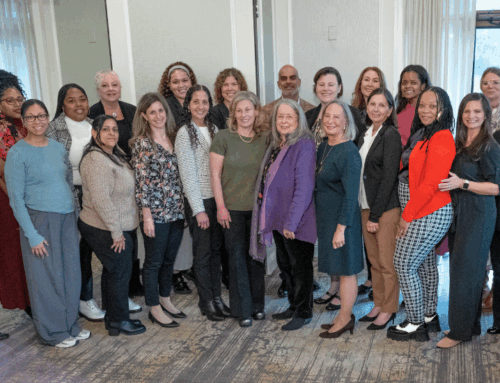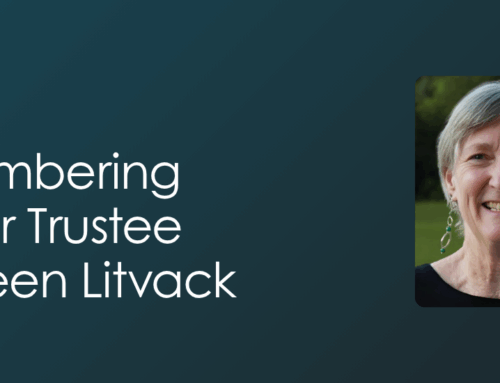In our business, significant revenues are donated rather than “earned.” This model leads to confusion about competition in attracting the resources a nonprofit needs to thrive and do its best work.
It’s a fact of life: fundraising is competitive, period. It’s normal, it’s OK, and it challenges us to do our best work, which is good.
But who or what is the competition, really? Is our competition just other nonprofits, all busily asking the same folks for money?
No! And here’s why: charitable giving is a totally discretionary activity. It’s not required by the authorities, and no one gets in trouble for not being financially generous. In some households it is expected, but in many homes it’s not a line in the budget. It comes later.
What does it follow? Food and shelter, transportation, entertainment, a meal out, gifts to loved ones, clothes, education, savings, and even some really fun splurges.
So our job is to understand what we are up against when we set out to raise money and what the rewards are for those we are trying to reach. How do we compete with a fabulous vacation, or any tangible object that offers immediate benefits to its owner? Until we really understand the draw of other totally discretionary spending we will struggle to be wholly successful as fundraisers.
The real question of competition is this: how can we make being a donor as exciting as buying a Porsche? Can we understand the motivations of our givers in all their fascination and complexity? Can we learn what’s so rewarding so lots of generous folks come back year after year to be part of our good work? How do we market that reward to others?
When nonprofits see each other as the competition we are led to see our work as a zero-sum game. Let’s work instead to increase the pot by attracting more and new donors and resources into the philanthropic mix, where the reward is the knowledge that they are part of a caring and generous community, contributing to a better world.
Priceless.






